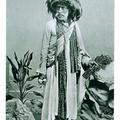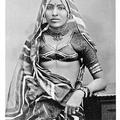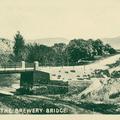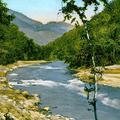Government House, Peshawar
Government House in Peshawar was completed in 1903, and has been expanded while keeping the same design since. The angle and style of photographs of Government Houses throughout the Raj were meant to assert the authority of the colonial regime.




![Armee Anglo-Indienne – Type de soldat Indien [British Indian Army - Indian Soldier] Armee Anglo-Indienne – Type de soldat Indien [British Indian Army - Indian Soldier]](https://www.paperjewels.org/sites/default/files/styles/square_thumbnail/public/slides/armee-anglo-indienne-seated-soldier.jpg?itok=qs0W3abw)





